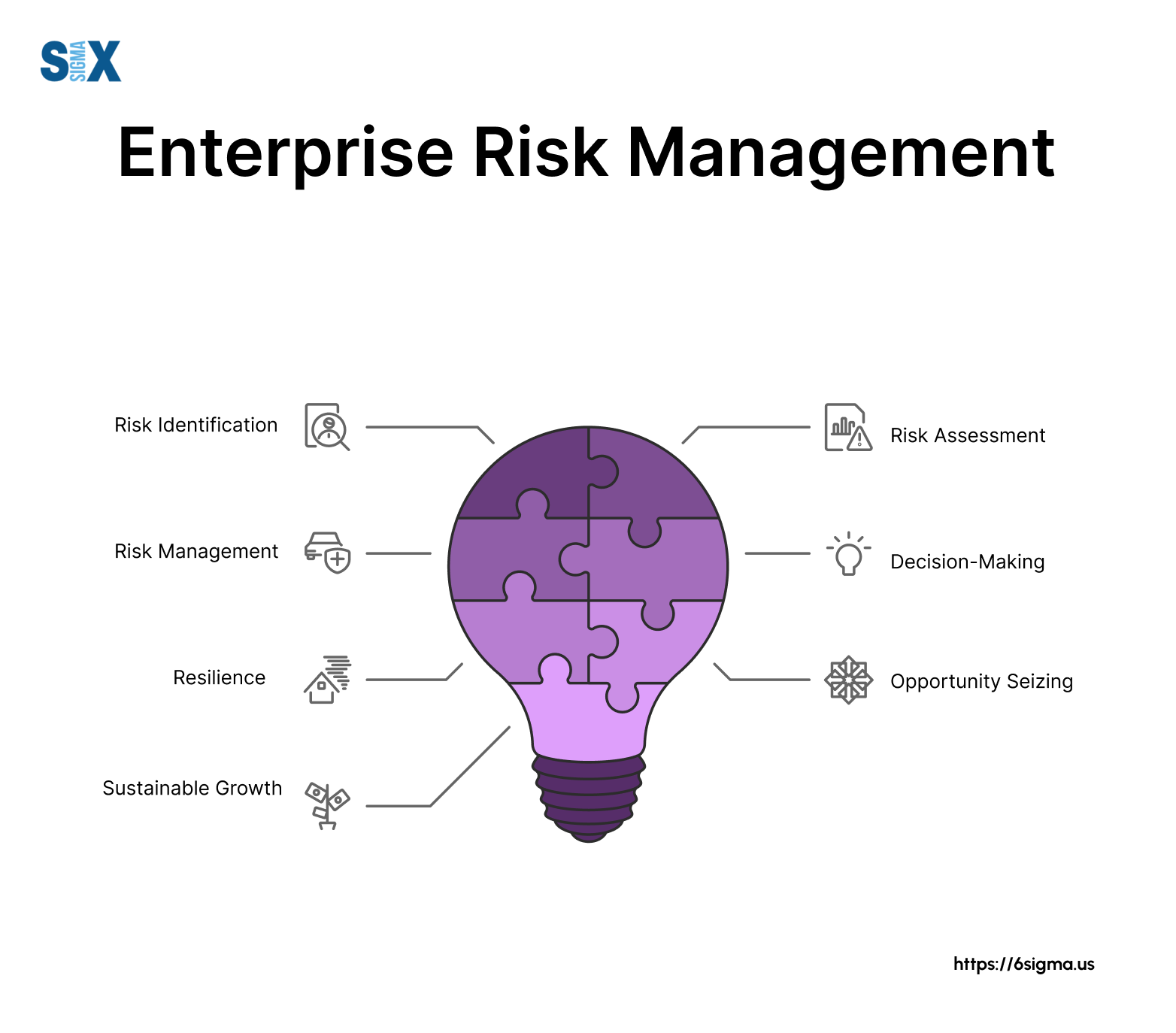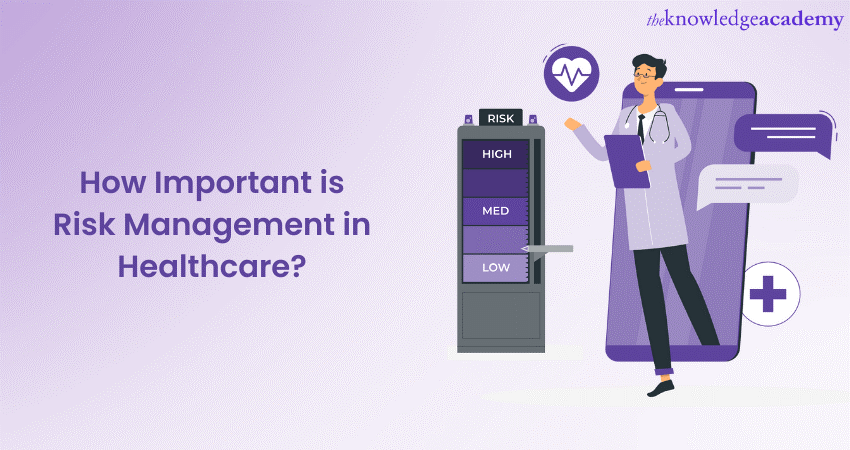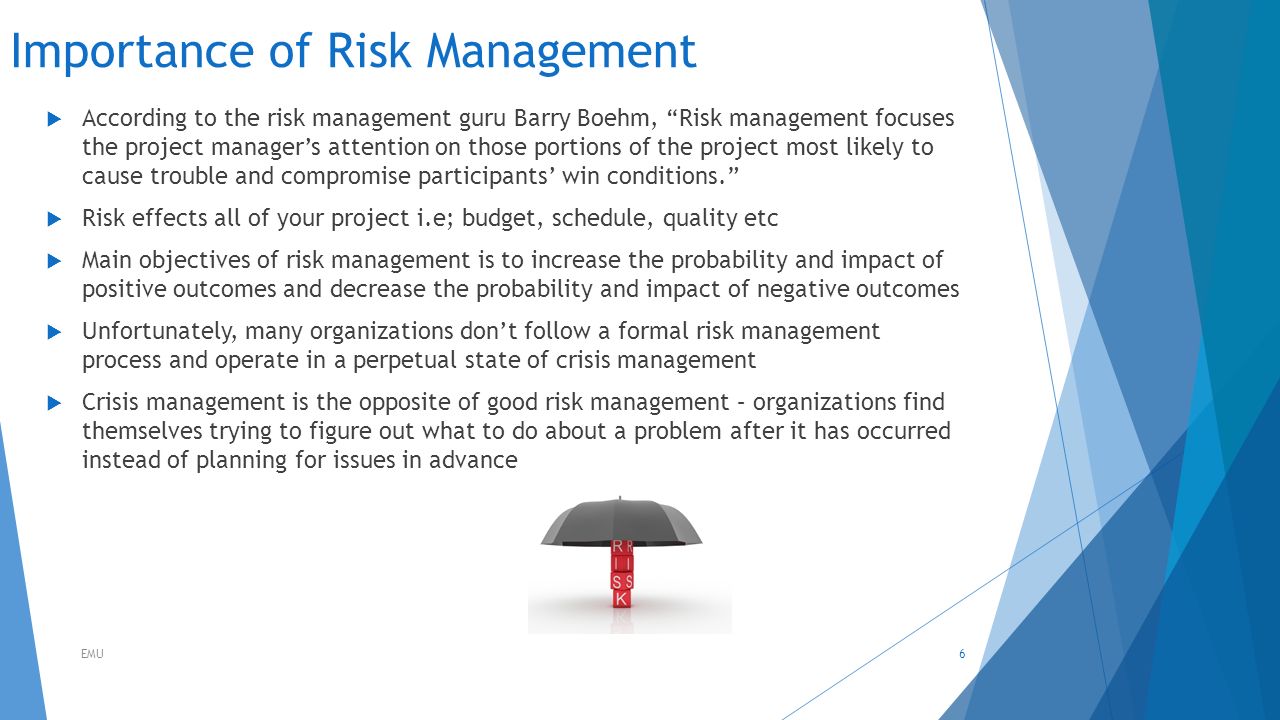The Wide-Spread Importance of Risk Management in Worldwide Supply Chains
The Wide-Spread Importance of Risk Management in Worldwide Supply Chains
Blog Article
The Value of Recognizing the Relevance of Risk Management in Numerous Industries

The Core Principle of Risk Management and Its Objective
Risk Management, the cornerstone of several markets, hinges on the recognition, assessment, and reduction of unpredictabilities in a service environment. By correctly determining prospective risks, services can develop methods to either prevent these dangers from occurring or decrease their effect. As soon as dangers have actually been determined and assessed, the reduction process involves developing techniques to decrease their prospective effect.
Advantages of Implementing Risk Management in Service Procedures

Revealing the Role of Risk Management in Different Industries
While every market confronts its one-of-a-kind collection of risks, the application of Risk Management approaches stays a typical in their search of sustainability and growth. In the healthcare sector, Risk Management entails making certain person safety and security and information defense, while in money, it includes mitigating financial investment dangers and ensuring governing compliance (importance of risk management). Building companies focus on worker safety, task hold-ups, and spending plan overruns. In the innovation sector, companies minimize cybersecurity dangers and modern technology obsolescence. Eventually, the function of Risk Management across sectors is to identify, assess, and alleviate dangers. It is an important element of critical preparation, allowing companies to protect their properties, make the most of opportunities, and achieve their purposes.
Real-life Study Showing Effective Risk Management
To comprehend the value of Risk Management in these many find here sectors, one can Full Report look to numerous real-life instances that highlight the effective application of these measures. Toyota, post the 2011 quake in Japan, revised its supply chain Management to decrease interruption dangers. These instances show just how industries, learning from situations, properly applied Risk Management approaches to decrease future risks.
Future Patterns and Advancements in Risk Management Methods
As the world remains to develop, so too do the patterns and advancements in Risk Management approaches. Fast improvements in innovation and information analytics are reshaping the Risk landscape. Large data and AI are currently instrumental in predicting and minimizing risks. Organizations are leveraging these tools to build predictive models and make data-driven decisions. Cybersecurity, once a peripheral worry, has actually catapulted to the center of Risk Management, with methods focusing on detection, action, and avoidance. The combination of ESG (Environmental, Social, Administration) elements into Risk Management is one more growing pattern, showing the increasing recognition of the duty that social and ecological risks play in organization sustainability. Therefore, the future of Risk Management hinges on the blend of innovative technology, cutting-edge approaches, and an all natural strategy.
Final thought
In verdict, understanding the value of Risk Management across a range of sectors is crucial for their long life and prosperity. Eventually, successful Risk Management contributes to a lot more sustainable and resilient organizations, highlighting the importance of this technique in today's vibrant and highly competitive service environment.
While every sector confronts its distinct collection of dangers, the implementation of Risk Management methods continues to be a typical denominator in their pursuit of sustainability and growth. In the healthcare industry, Risk Management entails making sure client safety and security website here and information security, while in money, it involves mitigating financial investment threats and making certain governing conformity. Inevitably, the duty of Risk Management across industries is to recognize, evaluate, and mitigate risks. These cases demonstrate just how sectors, finding out from crises, efficiently used Risk Management techniques to reduce future risks.

Report this page